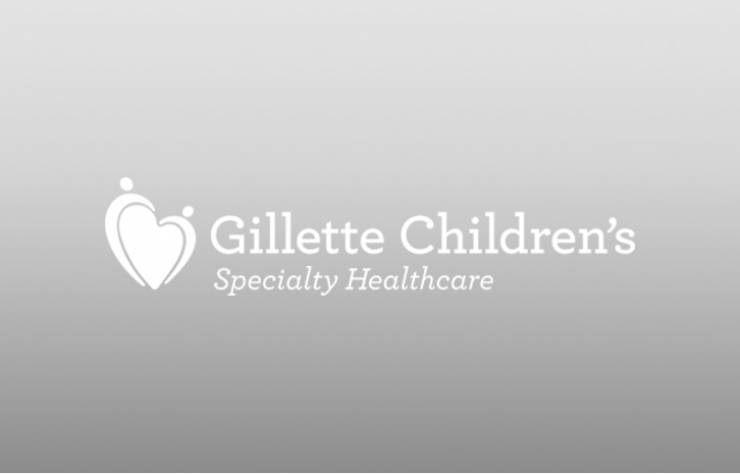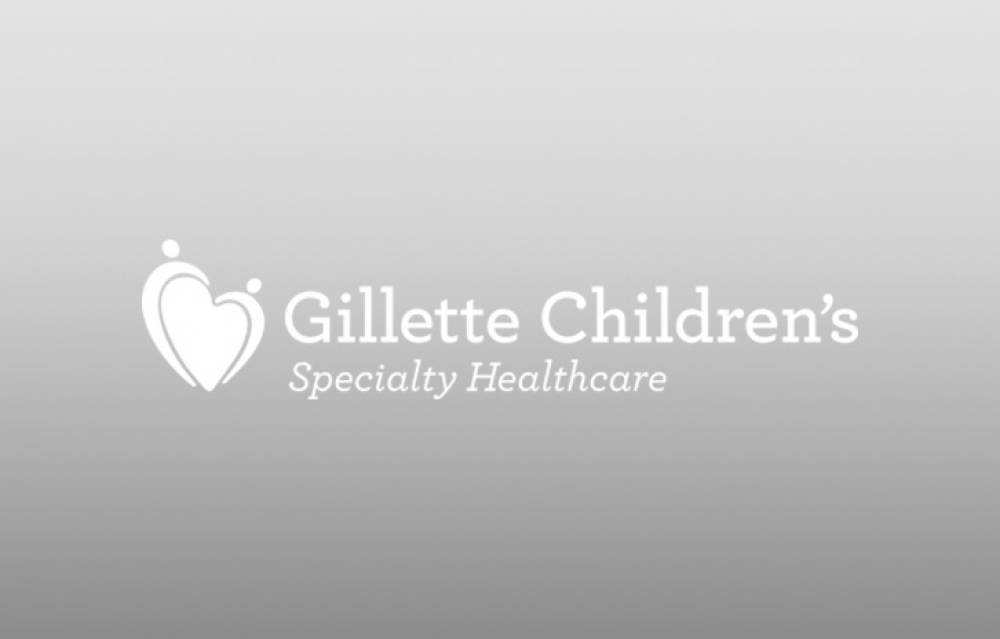-
{care_team_members status="Open|hide from care team page"}
-

{care_team_members:ct_first_name} {care_team_members:ct_last_name}
{care_team_members:ct_full_title}
{/care_team_members}
person:channel_short_name: {person:channel_short_name}
person:
title: {person:title}
-
{links}
{/links}
No category selected to display locations. Locations Dynamic
-
{locations}
- {locations:title} {/locations}
-
{widget}
{widget:widget_content}
- {widget:widget_content:tab_title} {/widget:widget_content} {/widget}
_1200_801_70.jpg)
Each scoliosis treatment plan at Gillette is based on an individual’s goals as well as their health assessment. When determining care plan options, it’s important for physicians to consider the skeletal maturity of their patient.
There are a few tools that help determine skeletal maturity:
1. Proximal Humerus Ossification
The proximal humerus in the upper arm ossifies as a child grows older. Around 4 months of age, the ossification process begins, around age 13 most of the ossification is complete, conforming to the shape of the proximal humerus, and by age 17, ossification is usually complete. Because not everyone grows at the same rate, an orthopedic surgeon can assess the progression of ossification in the upper arm and determine what treatment options are viable.
2. Risser Sign
The Risser sign measures skeletal development - all you need is an x-ray of the pelvis. With the x-ray, you can see the ossification of the iliac apophysis as it progresses from the crest toward the spine. The Risser sign is delineated in 5 stages. Stage 1 indicates 25% ossification and happens during early puberty. In Risser stage 5, bones are completely ossified and a person is considered skeletally mature.
3. Sanders Maturity Scale
The Sanders score assesses a child’s bone maturity using an x-ray of the left-hand fingers and wrist. Based on a scale of 1-8, the Sanders maturity scale considers level 1 to be slow growth in early adolescence whereas 8 is categorized as full skeletal maturity. Recent research has found the Sanders maturity scale to be a more reliable measure of skeletal maturity when compared with the Risser classification, especially in the curve acceleration phase of growth in patients who have adolescent idiopathic scoliosis.
Despite looking at different parts of the body, each of these three measures can help a spine team recommend the best treatment options for their patients.
Skeletal Maturity Matters!
Vertebral Body Tethering (VBT) is an innovative scoliosis surgery that harnesses a spine’s typical growth to straighten spine curvature without the need for spinal fusion. Research has shown the most successful outcomes of VBT rely on accurate skeletal maturity measurements when determining a good candidate for the procedure.
Learn more about Vertebral Body Tethering at Gillette.



